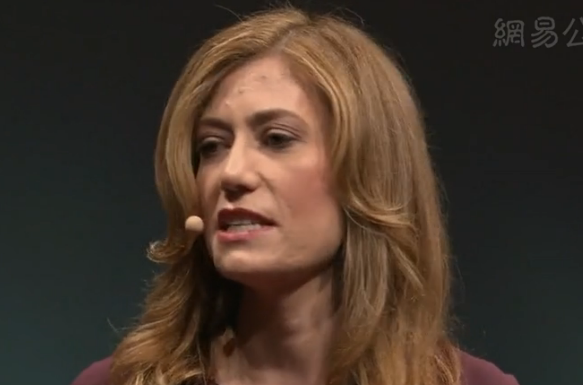What judges see if they run the risk assessment tool is this -- it's a dashboard.
如果他們使用了這個風險評估工具,你就會看到這個--一個評分板。
At the top, you see the New Criminal Activity Score, six of course being the highest,
在頂部的,是新的刑事犯罪活動評分,六當然是最高分,
and then in the middle you see, "Elevated risk of violence."
然后在中間你可以看到“增長的暴力風險”。
What that says is that this person is someone who has an elevated risk of violence that the judge should look twice at.
說的是,這個人進行暴力行為的概率有所升高,這是法官應該注意的重點。
And then, towards the bottom, you see the Failure to Appear Score,
然后在底部,你看到的是未能出庭的分數(shù),
which again is the likelihood that someone will come back to court.
這也是判斷此人會回到法庭的可能性。
Now I want to say something really important.
現(xiàn)在我想說些非常重要的事。
It's not that I think we should be eliminating the judge's instinct and experience from this process. I don't.
我不認為在整個過程中應該排除法官的直覺和經驗。我不這樣想。
I actually believe the problem that we see and the reason that we have these incredible system errors,
事實上,我相信我們看到的問題以及系統(tǒng)內出現(xiàn)令人難以置信的錯誤的原因,
where we're incarcerating low-level, nonviolent people and we're releasing high-risk, dangerous people,
也就是我們關押低級、非暴力的人,我們釋放高風險的、危險的人的原因,
is that we don't have an objective measure of risk.
是因為我們沒有客觀的衡量風險。
But what I believe should happen is that we should take that data-driven risk assessment
但我相信我們應該將這種數(shù)據(jù)驅動的風險評估,
and combine that with the judge's instinct and experience to lead us to better decision making.
與法官的直覺和經驗相結合,會使我們做出更好的決策。
The tool went statewide in Kentucky on July 1, and we're about to go up in a number of other U.S. jurisdictions.
該評估工具于7月1日在肯塔基州全面推行,我們還要在許多其他美國司法管轄區(qū)內推行。
Our goal, quite simply, is that every single judge in the United States will use a data-driven risk tool within the next five years.
我們的目標很簡單,就是讓全美的每一個法官都能使用這種數(shù)據(jù)驅動的風險評估工具在未來五年內實現(xiàn)。
We're now working on risk tools for prosecutors and for police officers as well,
我們現(xiàn)在正在研究風險工具以便檢察官和警官使用,
to try to take a system that runs today in America the same way it did 50 years ago,
想要把過去50年不變的系統(tǒng)繼續(xù)運行下去,
based on instinct and experience, and make it into one that runs on data and analytics.
基于直覺和經驗,并把它變成一種運用數(shù)據(jù)分析的系統(tǒng)。

Now, the great news about all this, and we have a ton of work left to do,
現(xiàn)在,我們仍有大量的工作要做,
and we have a lot of culture to change, but the great news about all of it is that we know it works.
仍要改變相關文化,但關于這所有一切有個好消息,那就是我們知道這很管用。
It's why Google is Google, and it's why all these baseball teams use moneyball to win games.
這就是為什么數(shù)據(jù)成就了谷歌,為什么棒球隊會因使用點球成金的方法而打贏比賽。
The great news for us as well is that it's the way that we can transform the American criminal justice system.
還有一個好消息是,我們可以用這種方法轉變美國的刑事司法系統(tǒng)。
It's how we can make our streets safer, we can reduce our prison costs,
它可以使我們的周邊環(huán)境更安全,可以減少我們的監(jiān)獄花銷,
and we can make our system much fairer and more just.
可以讓我們的司法系統(tǒng)更公平,更公正。
Some people call it data science. I call it moneyballing criminal justice. Thank you.
有人說這是數(shù)據(jù)科學。我稱之為點球成金式刑事司法。謝謝。



